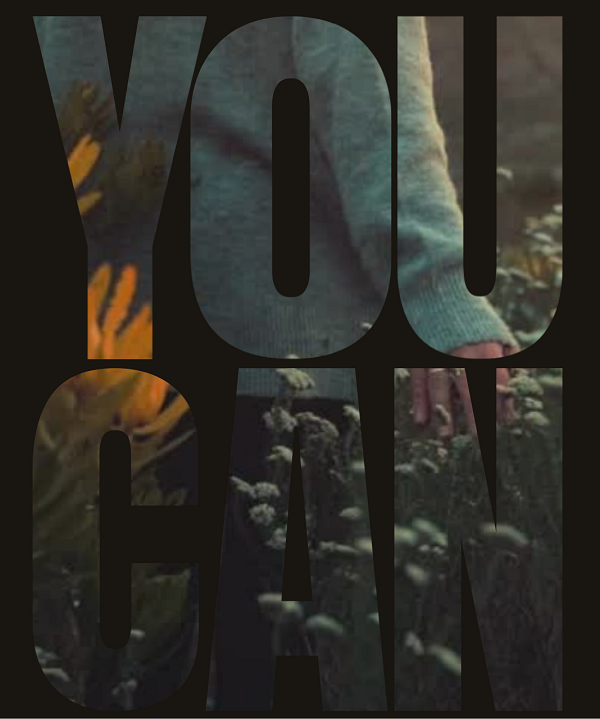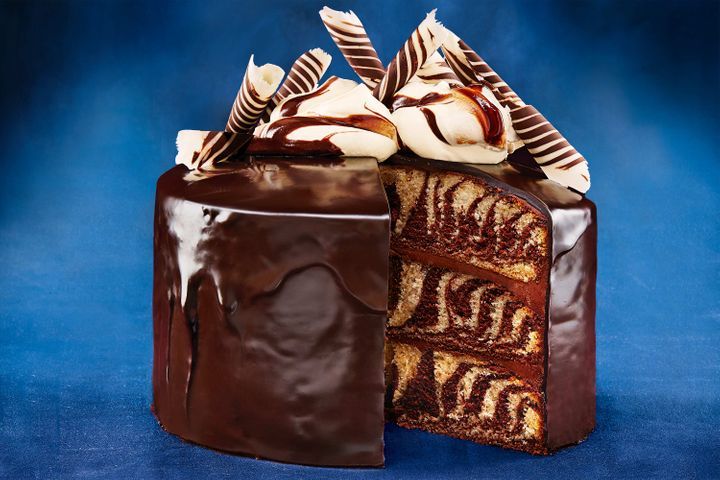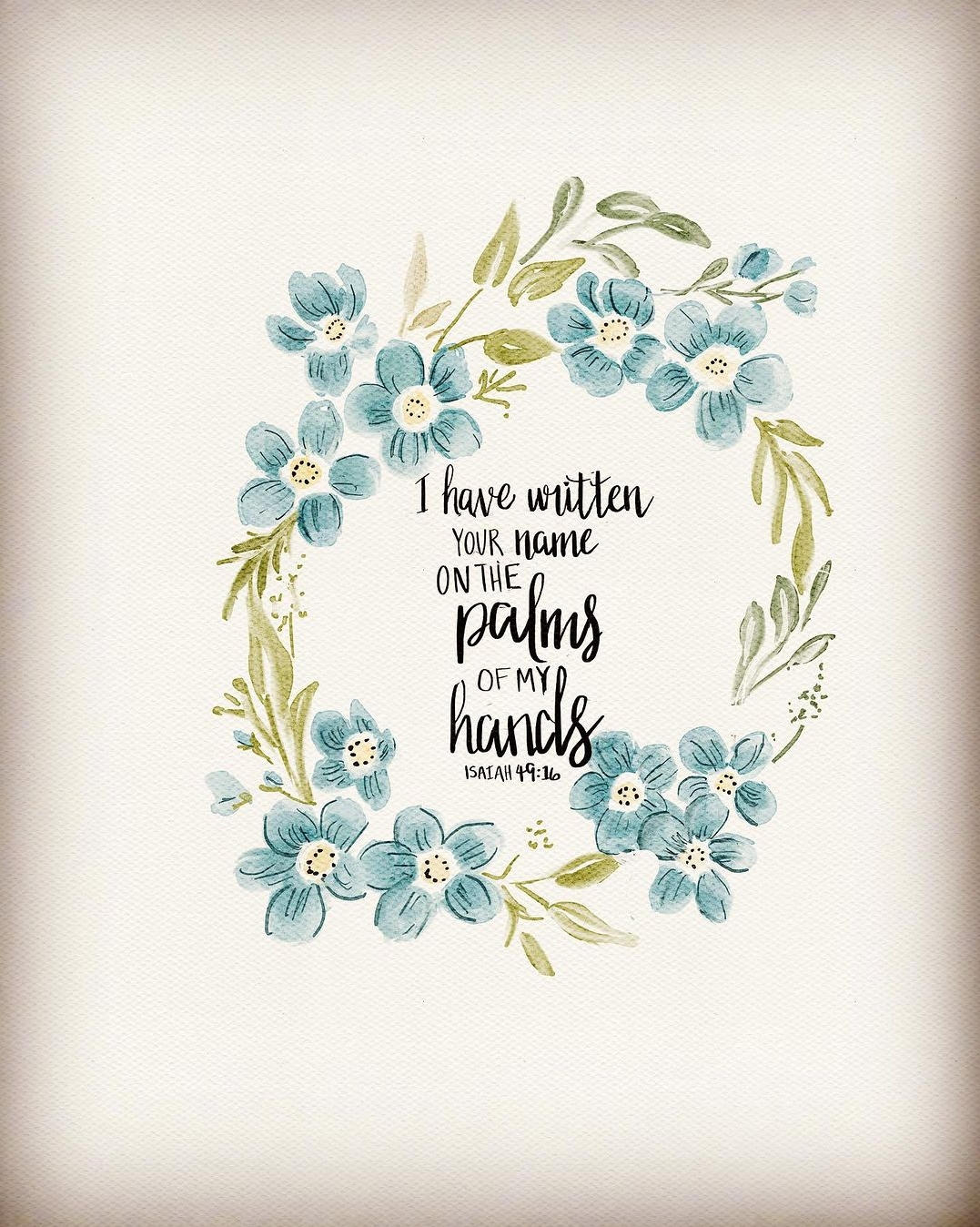Bida; Nigerian town in the northern region, deriving its name from a little village known as Bida Banin which is the oldest Nupe aborigine settlement in Nupe-land. A mosque built by the original settlers of Bida Banin persist till modern times. Bidane town is situated in an area bordering River Chiken on the western side and River Musa on the northern end while River Landzun right across the heart of the town. The town is surrounded by a wall with entrances strategically distributed and these include Bamisu Gayo which is the principal gate Bamisu VVuya, Bamisu Gbogi. Bamisu Nma Badawu. Bamisu Usulsa. Bamusi Ghara and Eban Sakum. The town which was part of the Bida Division has a population made up mainly of Nupe, and there are Hausas, Ibos, and Yorubas.
Bida has a favourable climate and is reputable as the largest rice growing area in the country. Because of this, a gigantic research station was operated from Badeggi, where the Federal Government is enquiring into the possibilities of improving and increasing rice cultivation in the area. With the vast road projects of the mid ‘1970s, and the rail line at Badeggi 10 miles to Bida, the town became cosmopolitan. A main factor for its world acclaimed fame is Bida crafts which have been described as being of excellent quality. The town is reknown for its hand woven cloth mats, hats, baskets, brasswork, rope-making, embroidery and masaga beads and bangles. All this is responsible, for the heavy number of tourists who visit the town daily in search of one of Africa’s finest crafts.
Schools
The first craft school in former Northern Nigeria was set up in Bida in 1920. Since Colonial Nigeria, Bida has maintained a significant place in the quest for modern education. The oldest of the secondary schools in Bida town is the Government College, which was founded in 1912. It started then as Bida Middle School and then grew into secondary school which was known as Niger Provincial Secondary School. In 1966, its name was changed to Government Secondary School, and then in 1970, it became Government College, with 777 students and 41 teachers. Apart from the normal academic secondary school curricular, the college teaches woodwork, metalwork and commercial subjects.
Craft
For the past several decades Bida has been known to be the home of beads, brass and hat making. The town is endowned with raw materials for making the crafts and sufficient skilled natives to make use of them. There is an area in the town called Masaga, where people known for glass works stay, making use of broken bottles and- precious stones found around them. The glass workers collect broken bottles from within the town and melt them by fire before carving them into beads, toys and the likes for sales. This has given the people of Masaga area of the town the privilege of enjoying monopoly in the craft. Bida is also famous for hat weaving, making use of a locally grown fibre. Some of the hats made in Bida could be found on sale in all parts of the world. Another peculiarity of Bida is brass work. The people of Masaga area of the’town are also known for the craft. Brass are carved there into many things like kettle, basins, native flasks, necklace, ear-rings, sword, staff and etc. Brass is very expensive metal commonly found on women during marriage ceremonies or when they are still new with their husbands. Some of the brass carving from Bida are also commonly found in markets, museum and places of attraction all over the world.





















